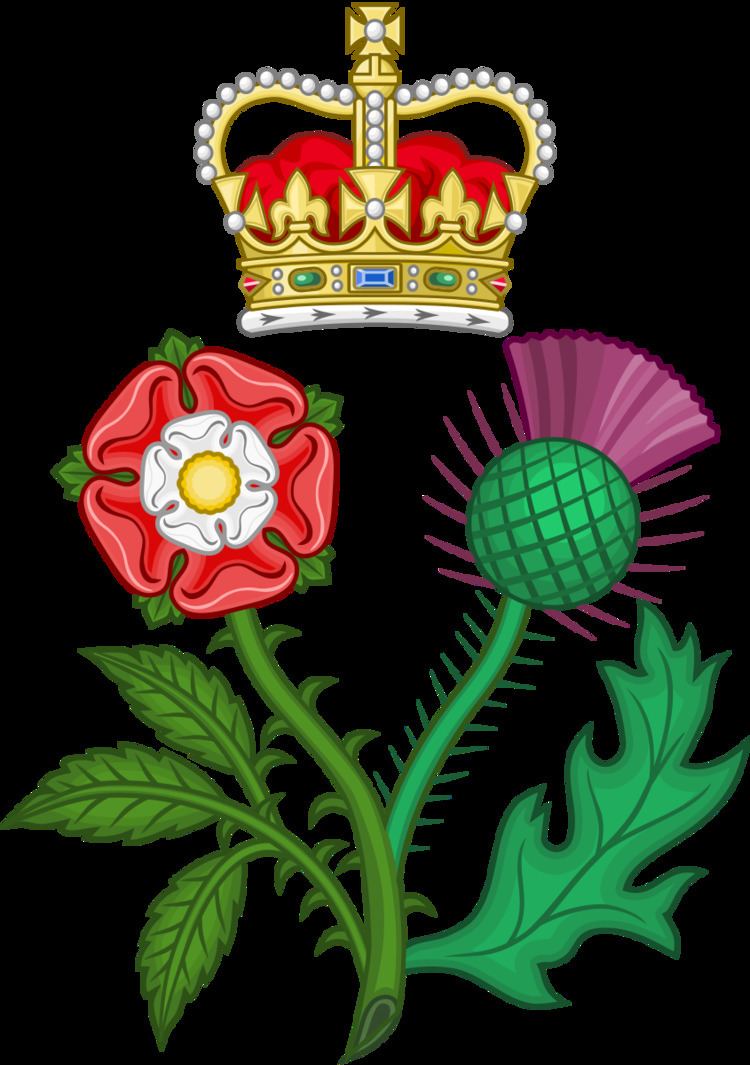 | ||
The 2nd Parliament of Great Britain was the first to actually be elected, as the 1st Parliament of Great Britain was drawn from the former Parliament of England and Parliament of Scotland.
Contents
The Parliament was summoned on 26 April 1708. The members of the House of Commons of Great Britain were elected between 30 April 1708 and 7 July 1708.
Parliament was summoned to meet on 8 July 1708. Under the Triennial Act, the Parliament was due to expire, if not sooner dissolved, at the end of the term of three years from the first meeting.
Parliament was dissolved on 21 September 1710.
Summary of the Members of Parliament
Key to categories in the following tables: BC - Borough/Burgh constituencies, CC - County constituencies, UC - University constituencies, Total C - Total constituencies, BMP - Borough/Burgh Members of Parliament, CMP - County Members of Parliament, UMP - University Members of Parliament.
Table 1: Constituencies and MPs, by type and country
Table 2: Number of seats per constituency, by type and country
Party Composition: An estimate of the approximate Party composition is Whig 291 and Tory 222.
Speaker and Ministries
On 16 November 1708, Sir Richard Onslow, Bt (1654-1717), MP (Whig) for Surrey since 1689, was elected the second Speaker of the House of Commons of Great Britain.
This Parliament was held before the office of Prime Minister had come into existence. The Lord High Treasurer (or when that office was in commission the First Lord of the Treasury) was a very powerful and important minister of the Crown.
The Lord High Treasurer, (in office in England and then Great Britain since 8 May 1702) was Sidney Godolphin, 1st Earl of Godolphin. Godolphin was a Tory, but the Ministry last reconstructed in February 1708, included both Tory and Whig members. The factions supporting the Ministry were the Churchill Tories (followers of John Churchill, 1st Duke of Marlborough), Court Tory and Whig supporters of any Ministers the Queen cared to appoint, the Walpole-Townshend Whigs and Junto Whigs.
The great task of the Ministry had been to support Marlborough's armies in continental Europe during the War of the Spanish Succession. Godolphin's financial expertise was essential to that task.
Queen Anne initiated a complete change of Ministry in August 1710. To an extent unusual in the period Godolphin and his friends were all removed from office. A new Ministry was constructed composed of Court Party supporters and Tory groups led by Robert Harley, Laurence Hyde, 1st Earl of Rochester and Henry St John.
Harley the ambitious MP from Radnor Boroughs had become associated with the Tories, since Godolphin and Marlborough had forced his resignation from the government in 1708.
On 10 August 1710, the office of Lord High Treasurer was put in commission. The First Lord of the Treasury was John Poulett, 1st Earl Poulett. Robert Harley became Chancellor of the Exchequer (and Second Lord of the Treasury).
Soon after taking office the new Ministers arranged for Parliament to be dissolved.
